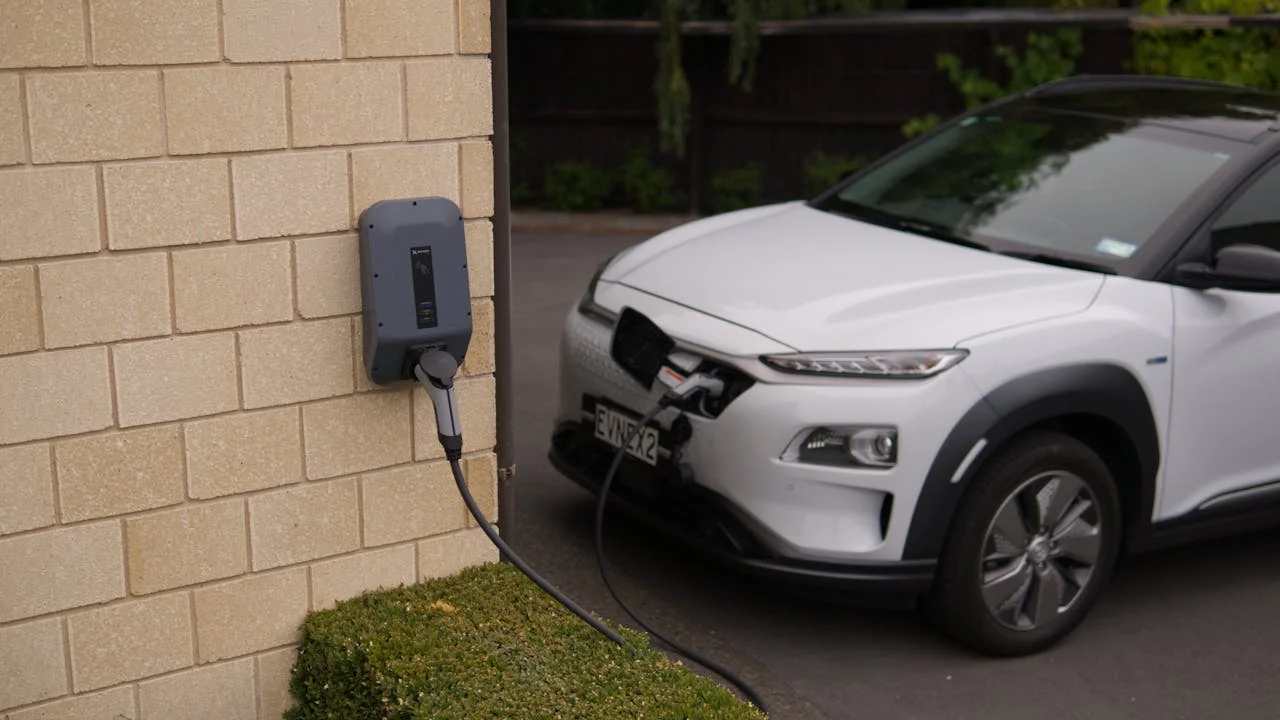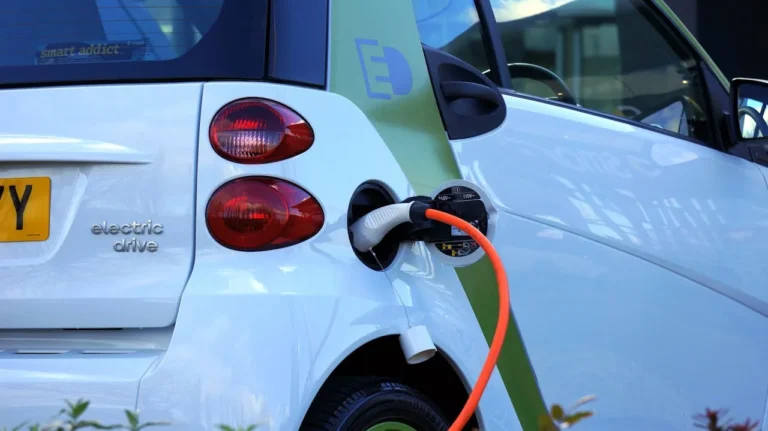
The electric vehicle (EV) market in China is anticipated to surge by 106.2% annually, reaching an impressive US$506.9 billion in 2024. This substantial growth is expected to be driven by government incentives, including a significant subsidy announced by Beijing in April 2024. The subsidy offers 10,000 yuan (approximately US$1,380) to consumers who replace their petrol cars with electric vehicles. This incentive is valid until the end of 2024, contributing to a projected increase in EV sales during the latter half of the year.
To attract a broader customer base, EV manufacturers are introducing new, more affordable models and brands. As competition intensifies in the domestic market and trade barriers rise in the United States and Europe, Chinese companies are expanding their reach into emerging markets such as Southeast Asia and Latin America. The outlook for the Chinese EV industry remains positive, with expectations of continued growth over the next three to four years.
Impact of Government Subsidies on Sales
Leading EV manufacturers, including Nio, Li Auto, and Xpeng, are experiencing the effects of a price war within the Chinese market. In Q1 2024, prices for 50 EV models decreased by an average of 10%. Despite this, these companies are optimistic about a sales rebound in Q2 2024, thanks to the government subsidies.
Nio anticipates a substantial 86.3% increase in deliveries during Q2 2024, following the sale of 56,000 units in Q1. Xpeng expects a 46.6% growth, with anticipated sales reaching 32,000 units. Li Auto projects a 27% increase in sales, aiming for 110,000 units.
In addition to these projections, companies are launching new brands and models to enhance their market share. Nio has introduced its Onvo brand with the L60 SUV, priced at 219,900 yuan—30,000 yuan less than Tesla’s Shanghai-manufactured Model Y. The L60 is set to begin mass production and delivery in September 2024, and is expected to boost profitability once monthly deliveries surpass 20,000 units. Similarly, Xpeng is preparing to unveil a new brand designed to offer more affordable options for middle- and low-income consumers in China.
BYD’s Expansion into Emerging Markets
Given the uncertainty surrounding Chinese EV exports to major markets like the United States and Europe, BYD is redirecting its focus to emerging markets. The company is establishing manufacturing facilities in Thailand, Hungary, Brazil, and Indonesia. The Thai factory, expected to open by the end of 2024, will cater to the Southeast Asian market, where BYD is intensifying its competition with Tesla.
Southeast Asia is anticipated to be a key market for BYD in the medium term, with increased investments planned. The firm is investing US$1.3 billion in its Indonesian factory and expanding its presence in Singapore and the Philippines. Additionally, BYD aims to increase its market share in India in 2024, countering a decline in domestic demand observed in Q1 2024.
Xiaomi Enters the EV Market
In March 2024, Xiaomi, a prominent mobile manufacturer, entered the competitive Chinese EV market with the launch of its Speed Ultra 7 sedan. Priced US$4,000 lower than Tesla’s Model 3, the new vehicle has generated significant interest, with 90,000 units ordered within the first 24 hours of launch. Xiaomi’s entry is expected to heighten competition within the Chinese EV sector.
Future Outlook
The medium to long-term prospects for China’s EV market remain robust. Adoption rates are projected to increase steadily, with a compound annual growth rate (CAGR) of 31.8% expected from 2024 to 2028. The market is forecasted to grow from US$245.8 billion in 2023 to US$1,528.7 billion by 2028.
This report provides a comprehensive analysis of China’s overall vehicle market by value and volume, including detailed insights into the EV and charging infrastructure sectors. It examines market opportunities segmented by vehicle type, car segments, propulsion type, range, and components.







